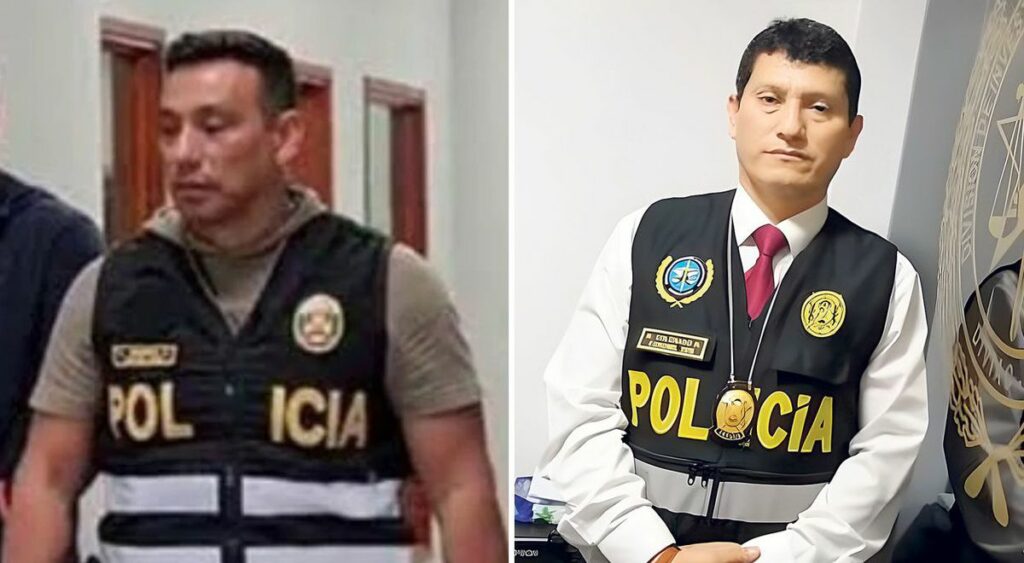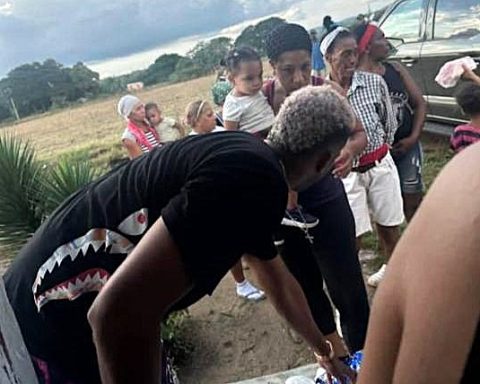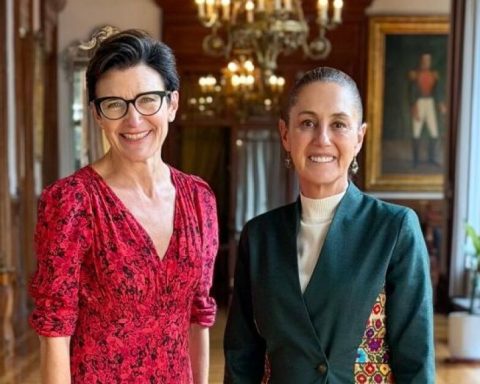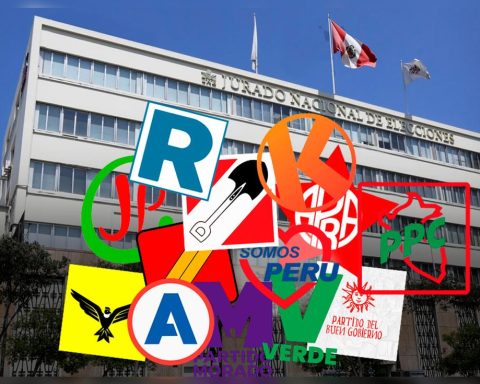According to the media, Marko Rupnik68, a world-renowned theologian and mosaicist, was accused by nine nuns of sexual and psychological violence in a community in Ljubljana, Slovenia, in the early 1990s.
In recent weeks, revelations in the Italian press have led the Jesuits – one of the main Catholic orders, founded in 1540 – to clarify the measures taken against them, provoking lively reactions.
In mid-December, the Jesuit Order in Rome acknowledged having launched an investigation and sanctioned Father rupnikwho later became director of a cultural center in the Italian capital.
The dicastery (equivalent to a ministry for the Vatican government) for the Doctrine of the Faith received a complaint about “the relations between Father Rupnik and the consecrated adults of the Loyola community in Slovenia”, confirmed Father Arturo Sosa, superior general of the Jesuits, who specify that the file did not concern any minor.
Invoking the prescription of the facts, the Vatican closed the file in October without a canonical investigation, imposing only on Father Rupnik the prohibition to confess and to accompany spiritual activities.
Accused in another case of having had sex with a woman and having been given absolution, he was briefly excommunicated in 2020 by the Vatican, the highest possible sanction, but it was immediately lifted.
“To lift the excommunication, the person must acknowledge the fact and formally repent. What Rupnik did,” Father Sosa explained.
Related note: Jesuits sanction important priest accused of sexual abuse against nuns
– Dissimulation –
How many people were victims of Father Rupnik and in what period? Where did he perform? What did the Vatican and Pope Francis know? Why was this man who had some notoriety never been bothered?
Asked if the pope was involved in the case, Father Sosa replied: “Before making the decision, I imagine that the prefect (N.1) of the dicastery met with the pope. But I can’t say so.”
In an interview with the Italian investigative newspaper Domani, a 58-year-old nun claimed to have suffered Rupnik’s “psychological influence” to force her to have sex with him.
This woman – according to whom about twenty sisters suffered the same acts – estimates that the priest was “protected” by his hierarchy against the background of the “omerta”and claims that all his complaints since the 1990s went unanswered.
Under pressure, the Jesuit Order – which has some 14,500 members in the world – published the chronology of the events and launched an appeal to denounce any new case.
On Thursday, the bishops of Slovenia expressed their “dismay” and “sadness” and denounced “inadmissible” acts that had remained silent for years.
“We regret the inability of those responsible to take the necessary measures, the concealment of acts of sexual and spiritual violence, as well as the abuse of power and authority,” they declared.
Contacted by AFP, the Vatican – which never officially communicated about this file – did not want to react.
But the case of slovenian artistwhose mosaics are visible in Lourdes, Krakow, Fatima and Washington, revives the debate on the ability of the Church to impose sanctions, while the Holy See multiplies the measures to deal with cases of sexual violence in many countries.
In Rome, some also wonder about the statute of limitations for crimes that prevent a canonical process and the maintenance of Rupnik in consulting positions in various departments of the Roman Curia.


















